Best Data Analysis Tools to Buy in December 2025
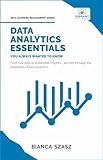
Data Analytics Essentials You Always Wanted To Know : A Practical Guide to Data Analysis Tools and Techniques, Big Data, and Real-World Application for Beginners


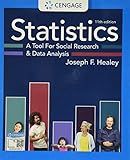
Statistics: A Tool for Social Research and Data Analysis (MindTap Course List)


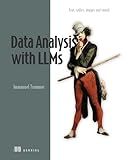
Data Analysis with LLMs: Text, tables, images and sound (In Action)


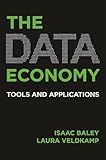
The Data Economy: Tools and Applications


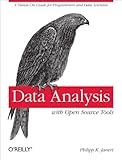
Data Analysis with Open Source Tools: A Hands-On Guide for Programmers and Data Scientists


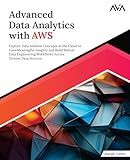
Advanced Data Analytics with AWS: Explore Data Analysis Concepts in the Cloud to Gain Meaningful Insights and Build Robust Data Engineering Workflows ... (Data Analyst — AWS + Databricks Path)


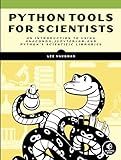
Python Tools for Scientists: An Introduction to Using Anaconda, JupyterLab, and Python's Scientific Libraries


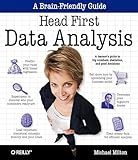
Head First Data Analysis: A learner's guide to big numbers, statistics, and good decisions


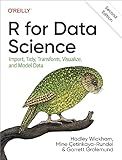
R for Data Science: Import, Tidy, Transform, Visualize, and Model Data


To get the indexes of all minimum values in a Pandas dataframe, you can follow these steps:
- Import the required libraries:
import pandas as pd
- Create a Pandas dataframe:
data = {'A': [5, 10, 15, 20], 'B': [15, 10, 5, 20], 'C': [10, 15, 20, 5]} df = pd.DataFrame(data)
- Determine the minimum value in the dataframe:
min_value = df.min().min()
- Find the indexes of all minimum values:
indexes = df[df == min_value].stack().index.tolist()
In the above code, df == min_value returns a dataframe of True/False values where the minimum values match. stack() converts this dataframe into a series, and index.tolist() extracts the indexes of these minimum values.
Now, the indexes variable will contain a list of all the indexes where the minimum values occur in the dataframe.
What is the function for calculating the mean of minimum values in a Pandas dataframe?
To calculate the mean of the minimum values in a Pandas DataFrame, you can use the following function:
df.min().mean()
Here, df represents the DataFrame for which you want to calculate the mean of the minimum values. df.min() returns the minimum values for each column, and .mean() calculates the mean of these minimum values.
How to iterate through a Pandas dataframe row by row?
To iterate through a Pandas DataFrame row by row, you can use the iterrows() function. This function returns an iterator that provides index and row data. Here's an example:
import pandas as pd
Creating a sample DataFrame
data = {'Name': ['John', 'Emma', 'Michael'], 'Age': [25, 28, 32], 'City': ['New York', 'Paris', 'London']} df = pd.DataFrame(data)
Iterating through the DataFrame row by row
for index, row in df.iterrows(): print(f"Row index: {index}") print(f"Row data: {row['Name']}, {row['Age']}, {row['City']}\n")
This will output:
Row index: 0 Row data: John, 25, New York
Row index: 1 Row data: Emma, 28, Paris
Row index: 2 Row data: Michael, 32, London
In this example, we iterate through each row, printing the row index and the corresponding values for the columns "Name", "Age", and "City". Make sure to replace the column names in row['...'] with your actual column names.
What is the syntax for excluding or including specific columns in a Pandas dataframe?
To exclude or include specific columns in a Pandas dataframe, you can use the [] indexing operator along with the column names.
To include specific columns, you can use the following syntax:
df_new = df[['column_name1', 'column_name2', ...]]
For example, if you have a dataframe named df with columns 'A', 'B', 'C', and 'D', and you want to include only columns 'A' and 'B', you can use:
df_new = df[['A', 'B']]
To exclude specific columns, you can use the following syntax:
df_new = df.drop(['column_name1', 'column_name2', ...], axis=1)
For example, if you want to exclude columns 'C' and 'D', you can use:
df_new = df.drop(['C', 'D'], axis=1)
Note that axis=1 is used to specify that columns are being dropped.
